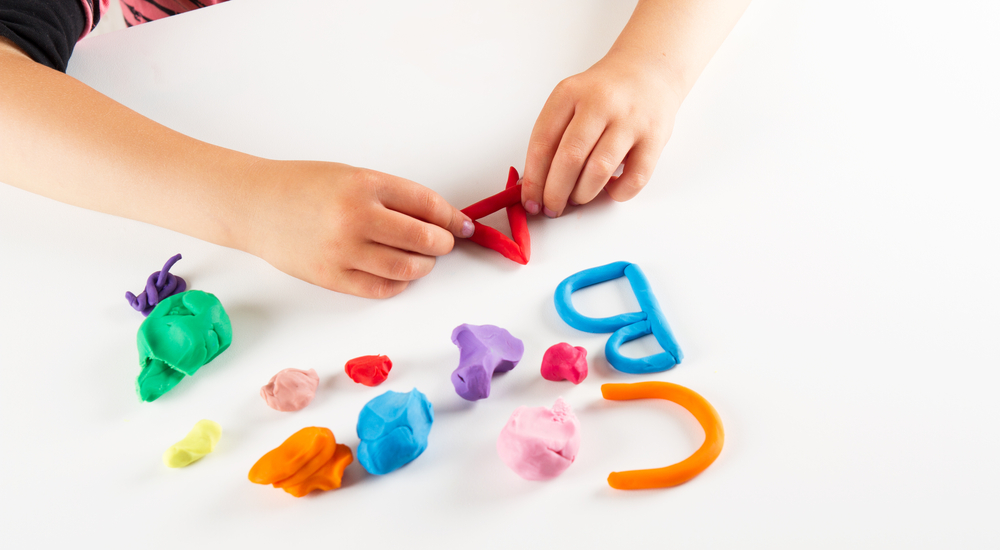Learning number patterns Worksheets for Ages 7-9
4 filtered results
-
From - To
Discover our engaging "Learning Number Patterns Worksheets" designed for children ages 7-9! These interactive worksheets are perfect for enhancing math skills through exciting activities that focus on recognizing, extending, and creating number patterns. With a variety of exercises, kids will build confidence in their numerical understanding while making learning enjoyable. From simple sequences to more complex patterns, our materials cater to diverse learning needs, helping children develop critical thinking and problem-solving skills. Perfect for use at home or in the classroom, these worksheets provide a valuable resource to support your child's mathematical journey. Start exploring the world of number patterns today!
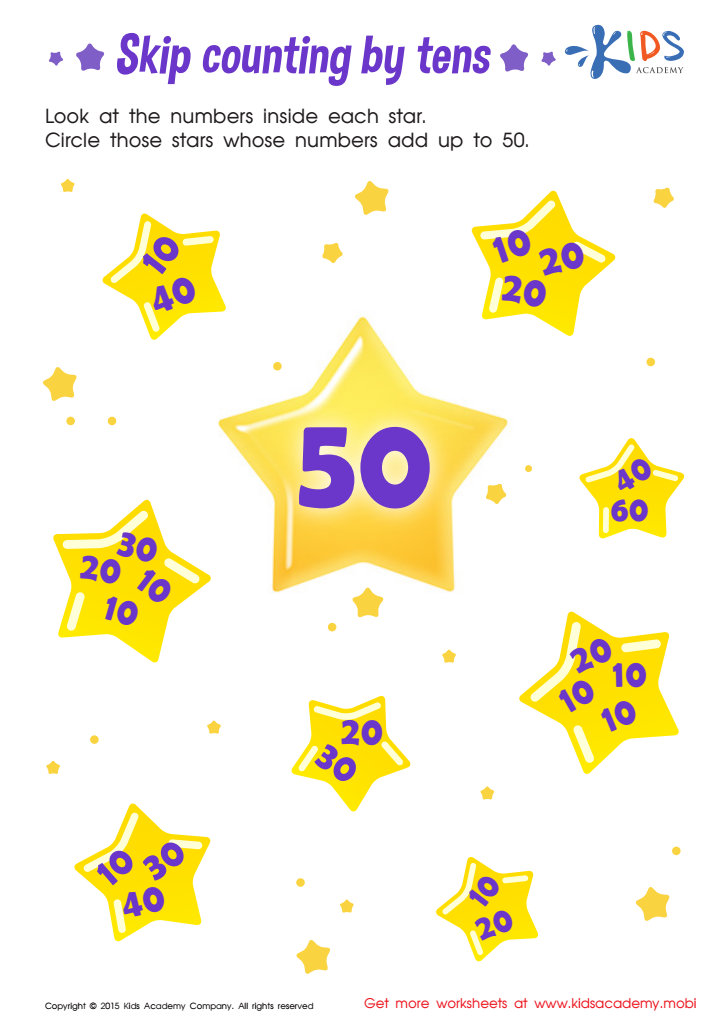

Learn Dozens: Skip Counting by Tens Printable
Learning number patterns is crucial for children aged 7-9, as it lays the foundation for their mathematical understanding and problem-solving skills. At this age, children are developing their ability to think critically and logically, and recognizing patterns is a key cognitive skill that enhances these abilities. Understanding number patterns helps children make connections between various concepts, making math more relatable and less intimidating.
Furthermore, recognizing patterns aids in developing essential skills like addition, subtraction, multiplication, and division. For instance, children can identify sequences, which through practice, helps them predict the next numbers in a series, reinforcing their number sense. Additionally, identifying patterns fosters the development of algebraic thinking—a skill that grows increasingly important in later years of education.
For teachers and parents, focusing on number patterns during these formative years promotes a positive attitude towards math. Engaging children through games, hands-on activities, and real-life examples encourages exploration and deepens conceptual understanding. When children learn to recognize and utilize patterns, they gain confidence and an enriched toolbox for tackling more complex mathematical tasks in the future. Overall, nurturing an appreciation for patterns sets children on a path toward mathematical fluency and academic success.
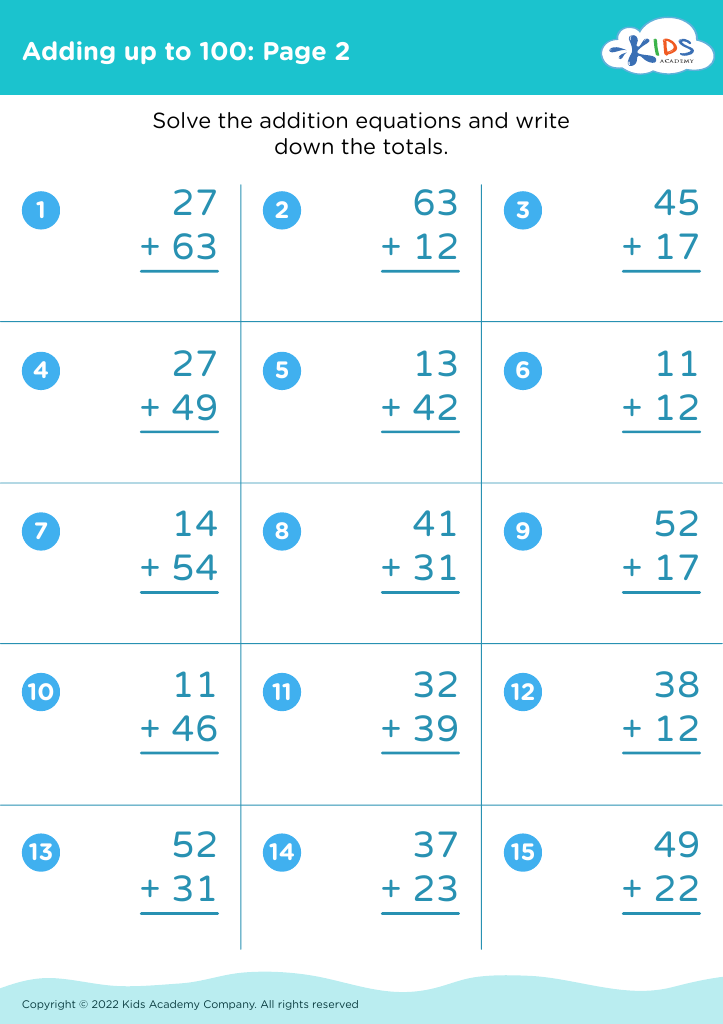

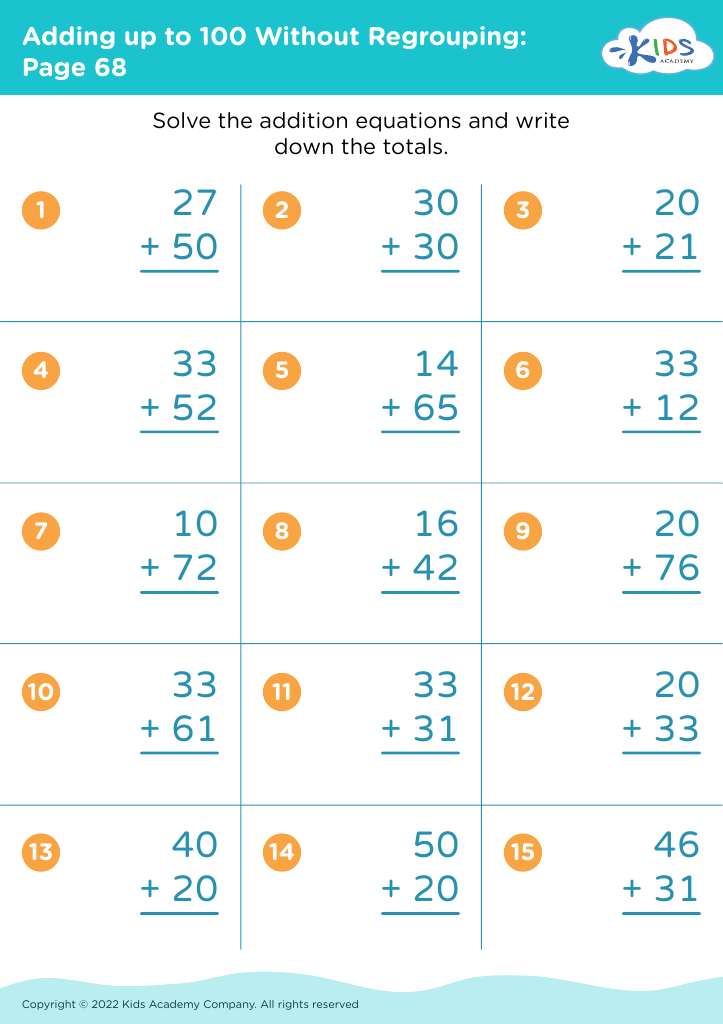
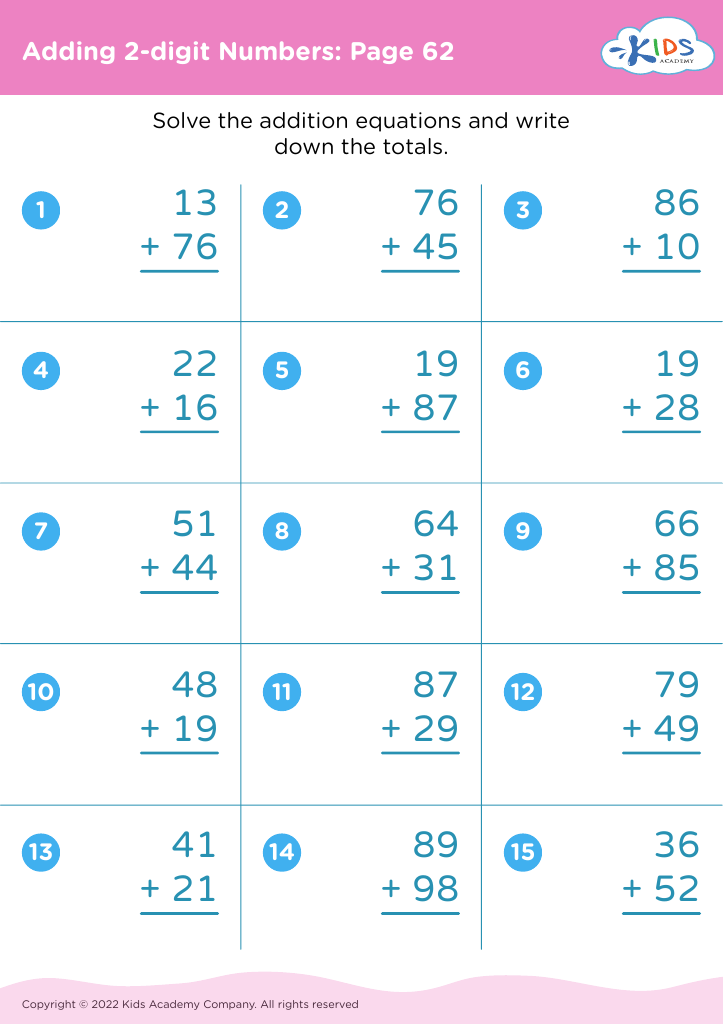
 Assign to My Students
Assign to My Students



